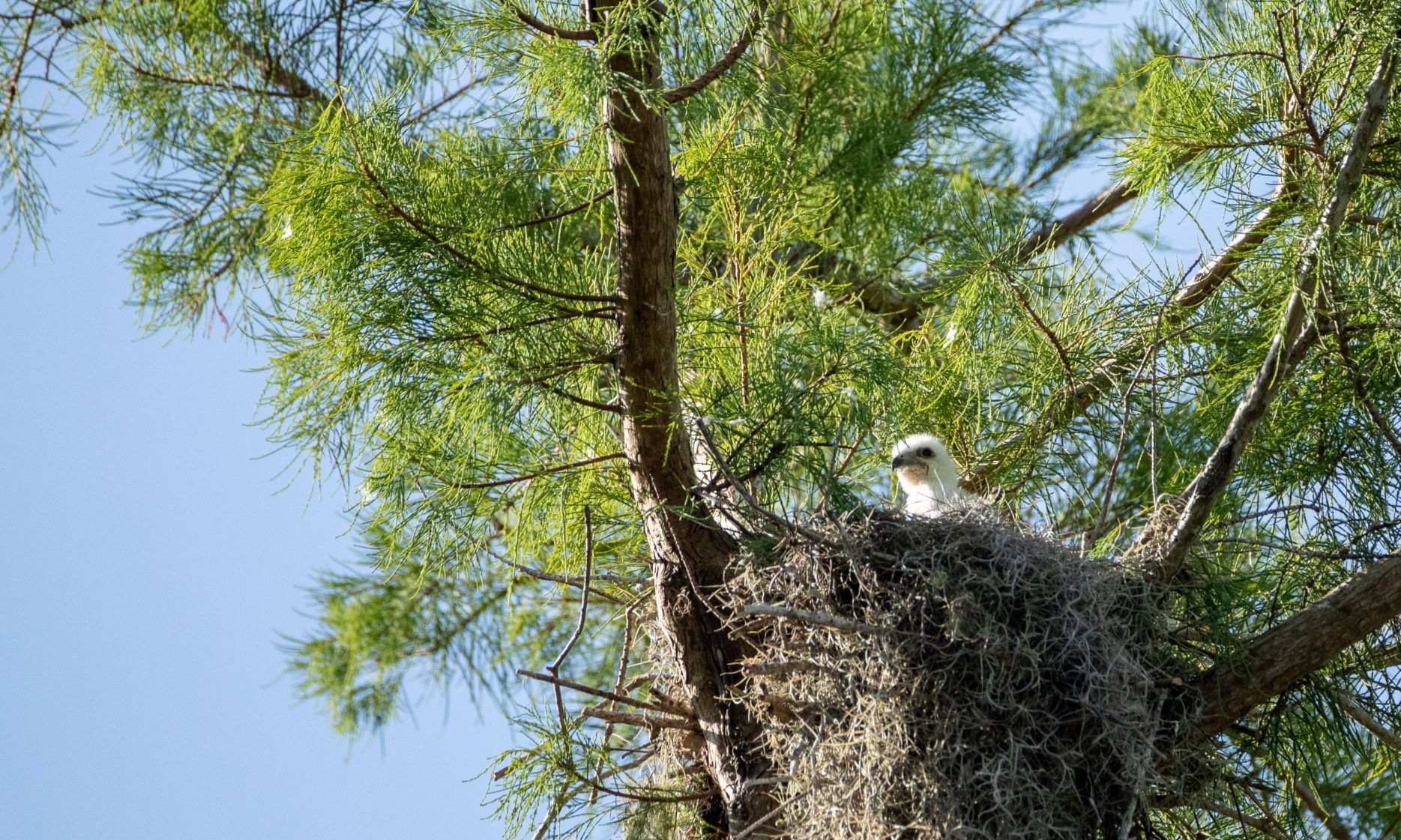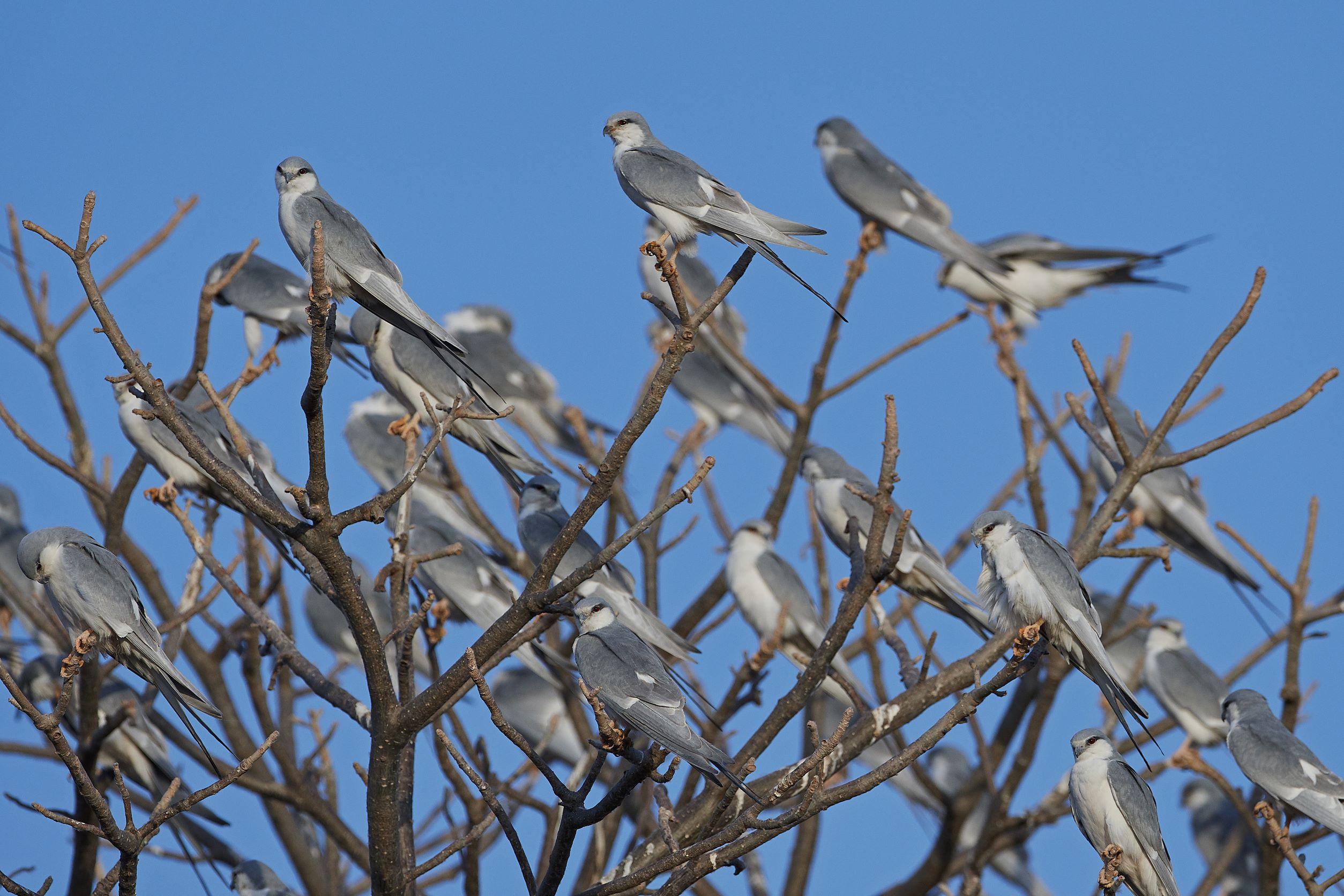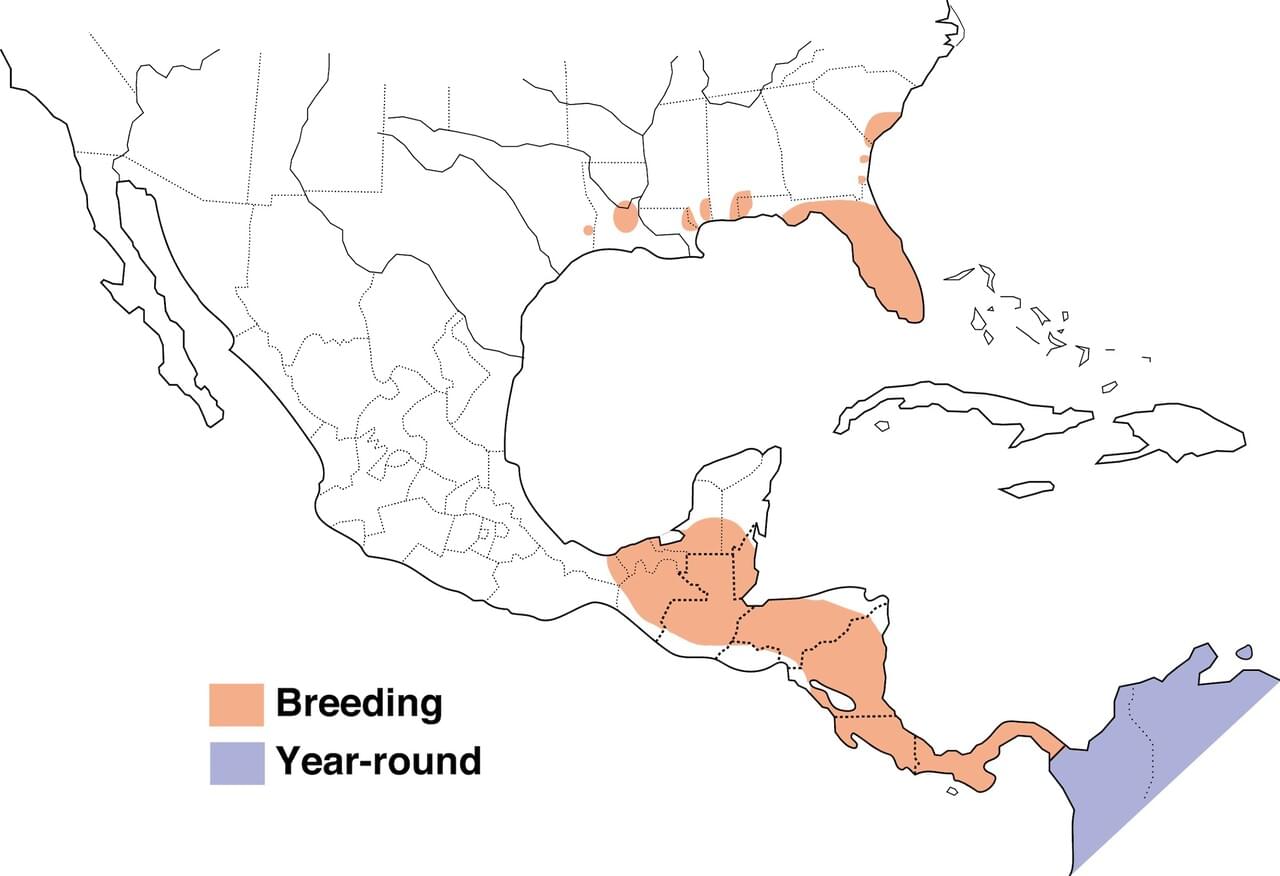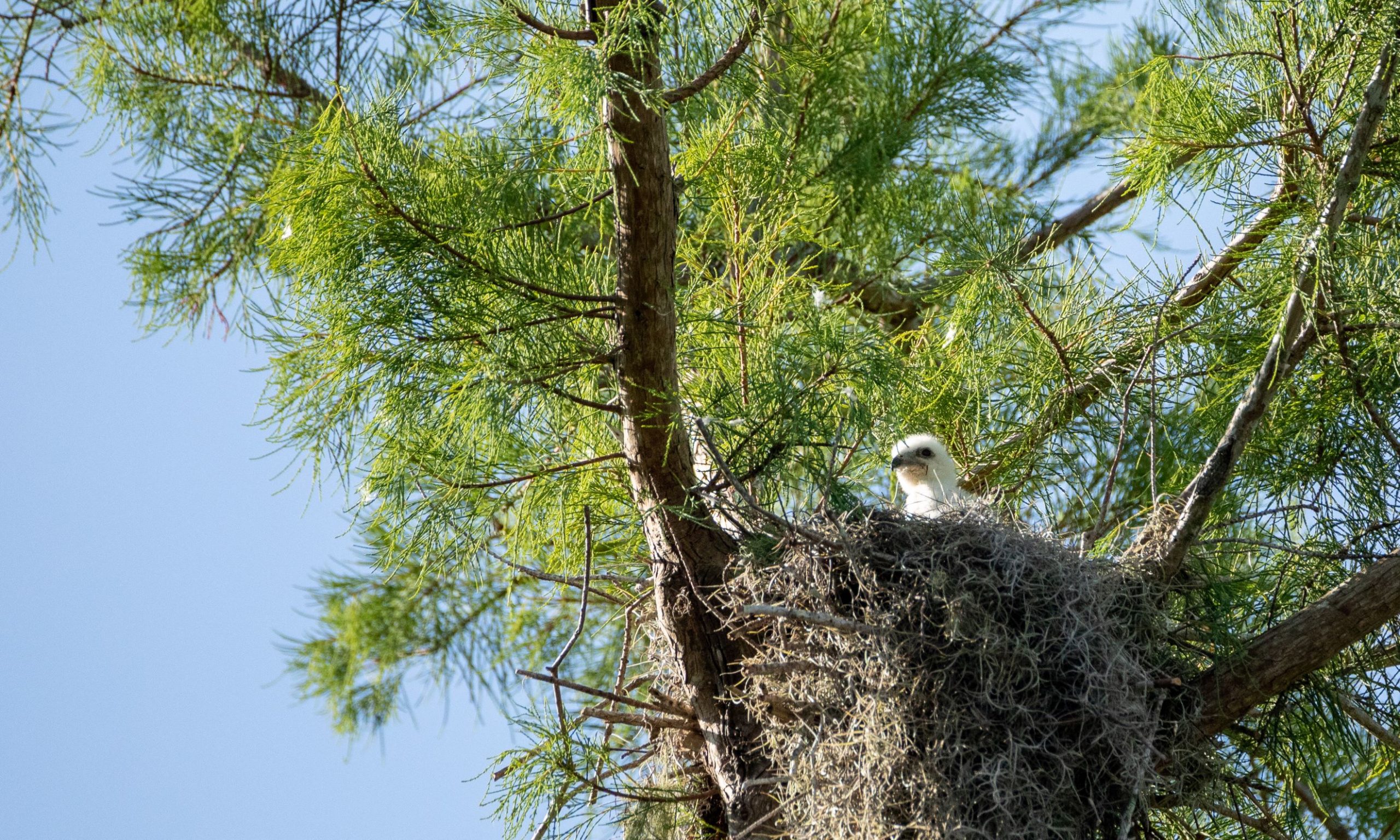
Aloft, the swallow-tailed kite is the embodiment of grace and beauty. The streamlined black and white raptor effortlessly swoops and circles, as if performing an aerial dance. Birding authority Kenn Kaufman puts it perfectly: the “swallow-tailed kite is a joy to watch.”
Yet for all its elegance, this is one rugged bird.
By Joe Guidry
As Gina Kent, a senior conservation scientist with the Avian Research and Conservation Institute (ARCI) in Gainesville, explains, the bulk of the U.S. swallow-tailed kite population flies 5,000 miles from Florida to South America in late summer. The birds return that distance in spring, with part of the treacherous journey over the Gulf of Mexico. And the flight is becoming ever more treacherous.
“The south and north migrations can be tricky,” she says. “We have seen changes in weather systems in the Gulf of Mexico. Strong winds can push them off course” or exhaust them before they make landfall.
Global climate change is making those weather patterns far more volatile. Yet Kent says the species U.S. population of roughly 10,000 is holding its own. And Florida holds the key to this flying wonder’s long-term survival.
Kent will explain why at her swallow-tailed kite presentation at the Florida Birding and Nature Festival scheduled October 15 to 17, 2021 at the TECO Manatee Viewing Center in Apollo Beach. The festival will offer field trips, exhibits and talks by wildlife experts.
Attendees will learn that Florida’s habitats are critical to this gorgeous bird.
According to the ARCI, which monitors the welfare of key bird species, in the early 1900s swallow-tailed kites nested in at least 21 states. Now they nest in only seven Southeastern states, up to North Carolina. Though Kent says the bird recently expanded its range somewhat, “two-thirds of the U.S. population breeds in Florida,”
But even more significantly, nearly all the birds in the Southeast eventually roost in Florida as they prepare for their long trip south.
The ARCI, using remote-tracking research, has documented the bird’s use of large “communal roosts” in Florida. These are essentially fueling stations, where swallow-tail kites rest while they fatten up on insects, before flying over the Gulf of Mexico and ultimately to Brazil, Bolivia and Paraguay.
Kent says roosting sites tend to be “quiet places along big rivers that have lots of insects and other food.”
“All the large roosting areas are in peninsular Florida,” Kent says. “They use the same roosts year after year. It is so important for the birds to be able to return to them for a successful migration. We have found four roost sites to have more than 1,000 birds.”

Fortunately, some of these “pre-migratory roosts” are on protected public land, but an estimated 5,000 birds — about half the country’s kite population — gather on a privately owned South Florida forest. Any development or disruption of such a roost would be devastating to the kite population.
“With telemetry, we know birds might spend a week, a month or just a night at a roosting site. Some jump from roost to roost.”
Not all swallow-tail kites gather in such huge numbers.“We know of nine other roosting places, with 50 to 100 birds, that are important. We also know some birds don’t use any of the known roosting sites.”
While the birds may gather by the thousands as they prepare for the journey, migration itself is an “individual event.” Occasionally a group of 10 to 30 birds might be seen flying together, but they usually travel alone.
Weather may stimulate migration, but a bird generally begins the trip based on its own timetable. Kent says it is like the bird says to itself, “My fitness is good. I’m feeling it today and I’m going to start moving.”

But changing weather can quickly cloud the outlook. With favorable winds, a kite can cross the Gulf in as little as 24 hours, but headwinds can make the trip last for days. The weary bird will eventually collapse and perish. “Especially coming back, birds can run into cold fronts over the Gulf.”
Kent says it is heartbreaking when the signals show a monitored bird is in trouble and won’t make it across. “It is hard to see it happen in real-time. You want to get in a boat and go help them.”
Beyond migration dangers, threats to the kite include habitat destruction, especially the conversion of South American forests to agricultural land, and heavy pesticide use that kills bugs, the primary food source of the kite.
The swallow-tailed kite’s agility makes it quite safe from predators while in the sky. But snakes, raccoons and other predators, especially the great horned owl, attack nesting birds.
Little was known about swallow-tailed kite’s habits until Ken Meyer at ARCI began studying the birds in 1992. Kent says, “When the first transmitters were used in 1996, it opened up a whole new universe of kite research.”
The solar-powered transmitters are expensive (more than $4,000 each) and only a handful of birds are tracked each year. The birds are briefly caught with netting. A tiny transmitter is “very carefully” attached with a tubular Teflon ribbon.
The amount of information obtained depends on a tracked bird’s survival instincts and its good fortune. No one is sure of the swallow-tailed kite’s lifespan, but Kent says the longest ACRI has tracked a bird is seven years.
Progress is slow but steady and each year remote tracking makes new discoveries, particularly the location of the Florida pre-migratory roosts so essential to the swallow-tailed kite’s welfare.
Kent stresses, “Our biggest need is to continue to get a snapshot of the roosts that not all that long ago researchers did not even know existed.”
Joe Guidry, a Tampa native, worked for The Tampa Tribune Company for more than 40 years, most recently as opinion page editor. Environmental stewardship was a priority throughout his career and he vigorously advocated for improving the bay’s water quality, land preservation efforts, pollution controls and responsible planning, and emphasized the economic payoff of resource protection. He currently serves on the board of the Florida Birding and Nature Festival.

